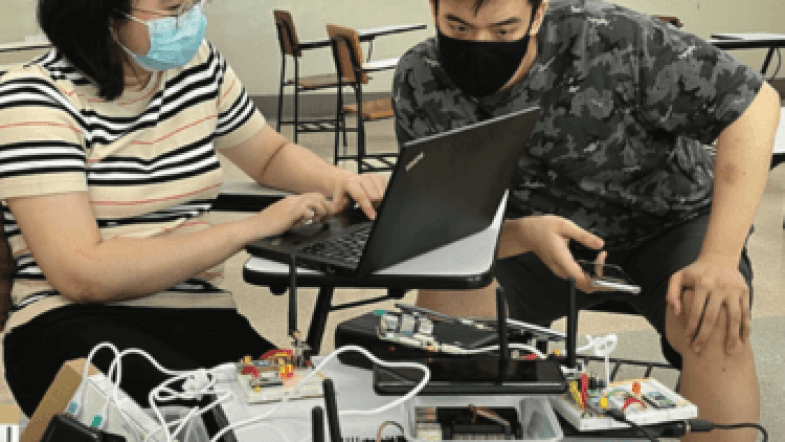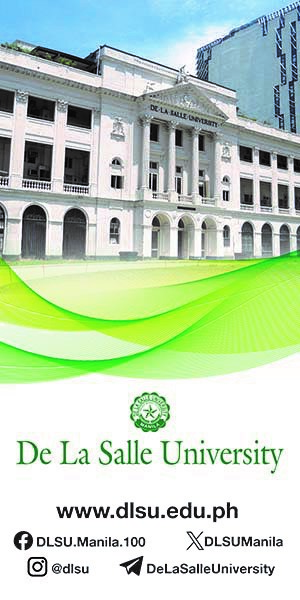
An ongoing research by faculty members and students from the Departments of Computer Technology, Software Technology, and Civil Engineering seeks to create a low-cost mesh of tremor sensors—an AI-based monitoring system that is geared towards disaster risk reduction and management, especially in Metro Manila and major cities across the country.
“We are preparing for The Big One,” says Dr. Marnel Peradilla, associate professor from Computer Technology and lead researcher of a three-year project called “Intelligent Structural Health Monitoring via Mesh of Tremor Sensors (meSHM)”.
Set for completion in 2024, the meSHM project is funded by the DOST Philippine Council for Industry, Energy and Emerging Technology Research and Development as part of its mandate to support research geared towards national development. In this case, the research team from De La Salle University seeks to help engineers who are in charge of planning the reinforcement of megacity structures like high-rise buildings, elevated rails, and skyways, and make them withstand major tremors.
Peradilla notes that while everyone anticipates the big earthquake, various areas are, in fact, experiencing microtremors that make structures deteriorate. These structural anomalies may also be caused by weather conditions or the structure’s weakening over time. For Metro Manila and other key cities in the country, the mesh of tremors sensors augments the current approach and implementation of detecting such anomalies in structural integrity.
“It is like a stethoscope for structural engineers. With the help of artificial intelligence, we try to find anomalies in structural signals in order to help structural engineers make decisions on the infrastructure,” he explains.
Collecting microtremors data
Peradilla shares that currently, local property owners and other stakeholders are being required by the Department of Public Works and Highways (DPWH) to deploy accelerograph—an equipment that collects seismic information when triggered by an accelerated motion such as an earthquake.
He points out that in their case, the mesh of tremors sensors collects acceleration information even without any felt earthquake in an area. “We collect data on microtremors, which degrade the integrity of structures. With each node, we can collect a hundred samples per second, so imagine the data accumulated over a period of seven days, or a month,” he says.
Currently, the team has already developed over 50 nodes that have been deployed on the DLSU Manila Campus. Their target is to develop hundreds more of those nodes, wrap them on a structure for a period of time, then gather and analyze the data with the help of supervised machine learning algorithms.
The team uses visualization for better report monitoring. One of their AI modules aims to create a system that can predict what will happen to a structure if hit by a certain magnitude.
Partnerships and research-based policies
The meSHM proponents are coordinating with local government units as well as the Department of Public Works and Highways for engineering works such as bridges, skyways, and flyovers. They have also recently offered support to San Sebastian Church, a heritage site.
Peradilla notes that with the project, regulatory agencies can formulate research-based policies on structural engineering. He adds that the team intends to make the meSHM available to structural firms due to its portability and mobility.
Furthermore, he underscores the major advantage of the project, i.e, it is far less expensive than the industry-grade accelerometers being required in the current system. As a low cost alternative, the meSHM project indeed paves the way for a more viable structural health monitoring system in the country, underscoring the capabilities of Internet of Things, wireless mesh networks, and artificial intelligence.
Contact: Dr. Marnel Peradilla | marnel.peradilla@dlsu.edu.ph













